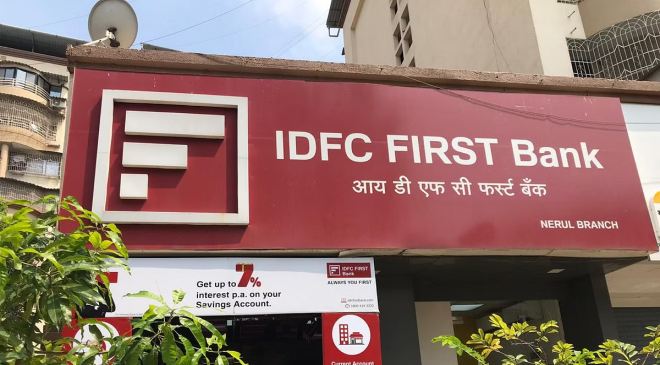As regards the rationale for the merger, IDFC FIRST Bank said it would lead to a simplification of the corporate structure of IDFC Financial Holding, IDFC Ltd., and IDFC FIRST Bank by consolidating them into a single entity and will help streamline the regulatory compliance of the aforesaid entities.
New Delhi: It looks like India is experiencing two seasons at this point in time: one is that of the monsoon and the other is that of mergers. Taking a cue from HDFC, IDFC Ltd. and IDFC Financing have now decided to merge. The composite merger plan between the bank, IDFC Financial Holding Company Ltd., and IDFC Ltd. was authorised by the board of directors of listed IDFC FIRST Bank Ltd. on Monday.
Read More: Open Agri Network Samunnati Eyeing Over 50% Growth In Revenue At Rs 6,600 Cr In FY24
While IDFC Financial Holding is not, IDFC FIRST Bank and IDFC Ltd. are listed on the stock exchanges. Soon after HDFC and HDFC Bank Ltd. merged, the new merger has gathered headlines.
The IDFC group rejig scheme is a two-step process. As per the amalgamation scheme, IDFC Financial Holding will be amalgamated with IDFC Ltd., and then IDFC Ltd. will amalgamate with IDFC FIRST Bank. Part of the rejig scheme is the reduction of the bank’s securities premium account.
Swap Ratio for Amalgamation
The share swap ratio for the amalgamation of IDFC Ltd. with IDFC FIRST Bank shall be 155 equity shares of face value of Rs 10 each fully paid-up of IDFC FIRST Bank for every 100 equity shares of face value of Rs 10 each fully paid-up of IDFC Ltd.
Merger For Simplification Of Corporate Structure
As regards the rationale for the merger, IDFC FIRST Bank said it would lead to a simplification of the corporate structure of IDFC Financial Holding, IDFC Ltd., and IDFC FIRST Bank by consolidating them into a single entity and will help streamline the regulatory compliance of the aforesaid entities.
The merger will help create an institution with diversified public and institutional shareholders, like other large private sector banks, and no promoter holding.
RBI’s Guidelines for Licencing of New Banks
As per the conditions of the RBI’s Guidelines for Licencing of New Banks in the Private Sector on February 22, 2013, the equity shares of IDFC FIRST Bank must be listed on a recognised stock exchange in India within a time period of three years of commencing banking business.
The promoter(s), namely IDFC Ltd., must not be conducting any financial-regulated business directly under it. Further, it was mandated to hold the equity investment in IDFC FIRST Bank and other regulated financial entities only through IDFC Financial Holding.
Hence, IDFC Ltd. (the bank promoter) invested in IDFC FIRST Bank only through a Non-Operating Financial Holding Company, IDFC Financial Holding, due to other regulated financial services entities of the group. As a result, the 39.93 percent equity stake in IDFC FIRST Bank is held by IDFC Ltd. through IDFC Financial Holding.
As of the date of the Board of IDFC Financial Holding’s approval of the amalgamation scheme, the company has closed, sold, or exited all other regulated financial services businesses, the IDFC FIRST Bank said in a regulatory filing.
The Lock-in Period Of Five Years
Further, the RBI has clarified that after the expiration of the lock-in period of five years, that is, after September 30, 2020, IDFC Ltd., the amalgamating company, can exit as the promoter of IDFC FIRST Bank, the amalgamated company.
Read More: Capex push sees India Inc’s debt rise to record Rs 36.63 trillion in FY23
As regards the proposed utilisation of the securities premium account to set off the accumulated losses as per the amalgamation scheme, the book value of shares, IDFC FIRST Bank’s net worth, equity capital structure, and shareholding pattern will all remain unchanged.
“Thus, this is a balance sheet-neutral action and will not result in a reduction in the paid-up share capital of IDFC FIRST Bank. This shall also enable IDFC FIRST Bank to explore opportunities that benefit the shareholders (including dividend payouts),” the bank said.





































